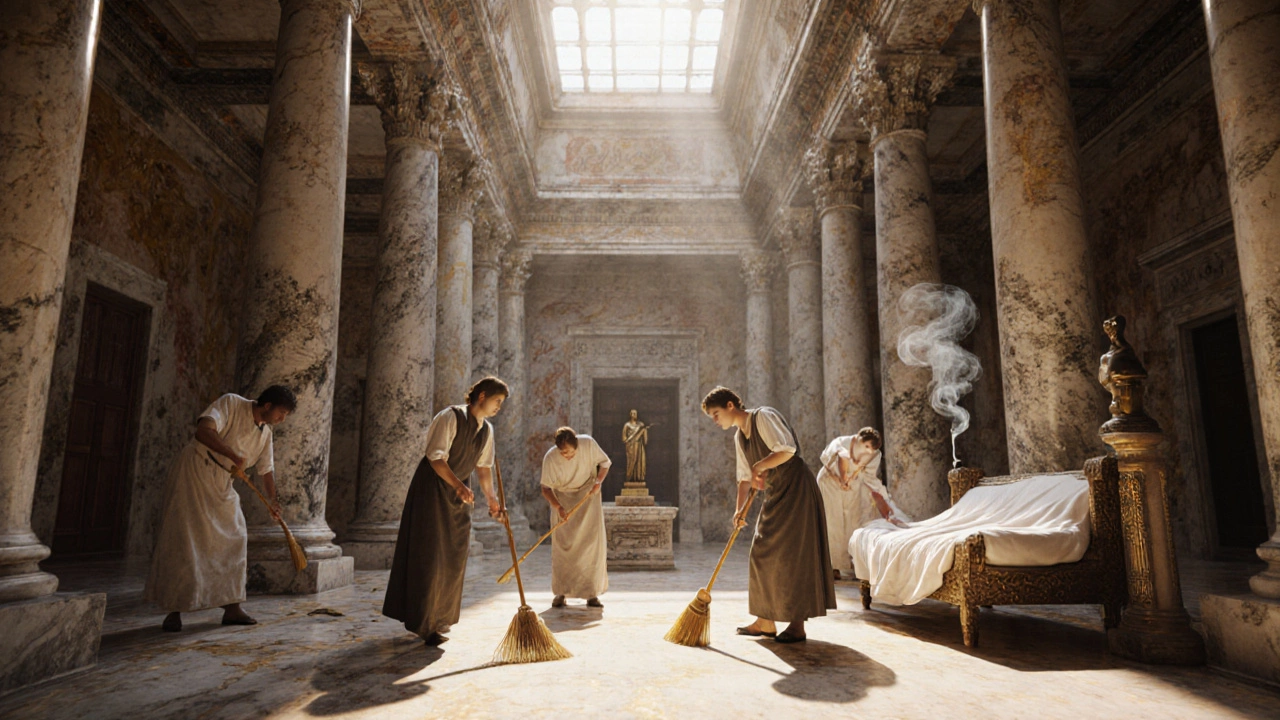Origin of Spring Cleaning
When working with origin of spring cleaning, the historical reason people deep‑clean their homes as the weather warms. Also known as spring cleanse tradition, it marks a cultural shift from indoor to outdoor life and a push for hygiene, you’re actually tapping into a practice that dates back centuries. Early societies like ancient Persia would clean homes before Norouz, the Persian New Year, to welcome fresh energy. Romans scrubbed streets and houses after winter rains to avoid disease, and medieval Europeans used the spring thaw to air out their cottages and sweep out cobwebs. Those rituals set the stage for today’s spring cleaning, the annual thorough cleaning of a house in early spring that many of us still follow.
Why does the origin of spring cleaning still matter? Because the old habit pairs perfectly with modern deep cleaning, a focused, intensive cleaning of surfaces, fixtures and hidden areas. While a quick surface wipe keeps things tidy, deep cleaning goes after grime behind appliances, inside ducts and under furniture – the same kind of effort our ancestors put into shaking out winter dust. This link creates a semantic chain: the origin of spring cleaning encompasses seasonal rituals, and those rituals require deep cleaning techniques to be effective.
Why the tradition matters today
Modern cleaning trends, the evolving habits and tools people use to keep homes spotless are reshaping how we approach the season. Eco‑friendly products, smart vacuums and DIY hacks are now part of the spring cleanse toolkit. But the core idea stays the same: a fresh start for the home. This connection shows that cleaning trends influence modern home cleaning, the everyday practice of keeping living spaces tidy and healthy practices, driving people to schedule deep‑clean sessions, swap harsh chemicals for vinegar and baking soda, and even hire professional services for a thorough post‑winter reset.
People often wonder if they really need a big spring clean or if a regular weekly tidy‑up will do. The answer lies in the blend of seasonal timing and cleaning depth. A light weekly sweep keeps dust at bay, but a focused spring blitz tackles the buildup that accumulates over months – think behind radiators, mold in damp corners and grime on windows. That’s why you’ll see many of our articles discuss both regular upkeep and the occasional deep dive, tying the historic ritual to current practical advice.
From a practical standpoint, the origin of spring cleaning offers a clear roadmap: start with the areas that collect the most dirt during winter, use proven deep‑clean methods, and finish with a quick refresh of high‑traffic spots. This step‑by‑step logic mirrors many of the guides below, whether you’re learning how long to let Dawn and vinegar soak, figuring out the best way to clean outside windows, or discovering why eco‑friendly pesticides are worth the extra cost.
In short, the age‑old habit of shaking out the house each spring still guides today’s cleaning culture. It connects historic seasonal rituals, modern deep‑clean techniques, evolving cleaning trends and everyday home‑care habits into one cohesive practice. Below you’ll find a curated set of articles that dive into the tools, tips and science behind each step, giving you everything you need to make your own spring clean both traditional and cutting‑edge.

The Surprising History Behind Spring Cleaning
Explore the origins of spring cleaning, from ancient Rome and religious festivals to Victorian guides and modern eco‑tips, revealing why the tradition endures today.
Read More